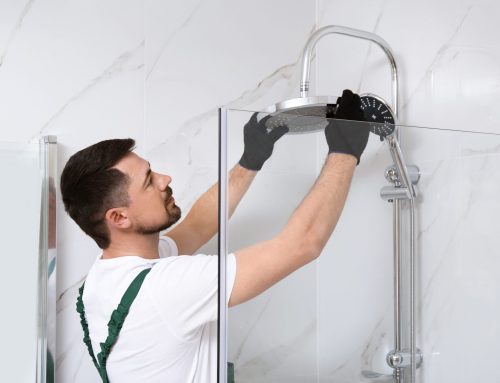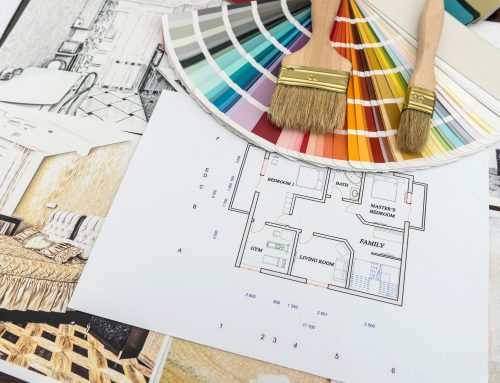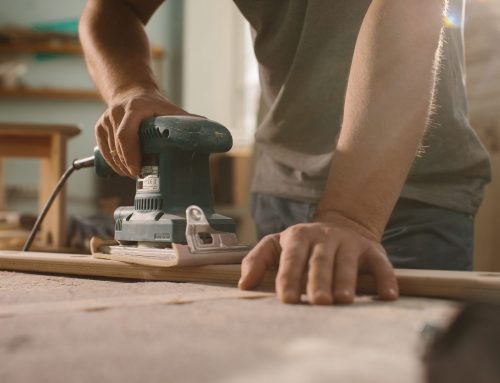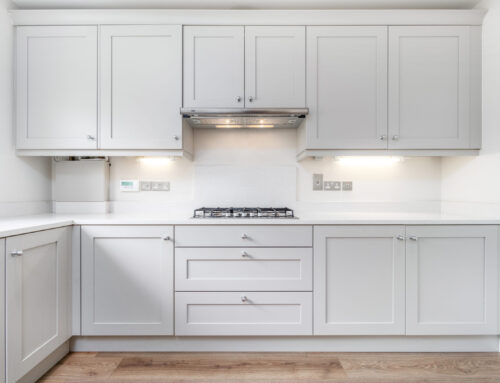When it comes to transforming the ambiance of your living spaces, the devil is often in the details. One such detail that can significantly enhance your home’s aesthetic appeal is crown molding. This unassuming architectural element not only adds a touch of elegance but also elevates your home’s style. In this article, we’ll delve into the world of crown molding materials, exploring the finest options to help you make an informed choice that complements your interior design vision.
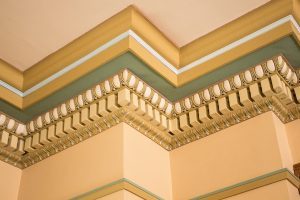
The Role of Crown Molding in Home Décor
The purpose of crown molding extends beyond being a mere decorative element. It bestows an air of sophistication and architectural charm. The intricate lines and contours of crown molding draw the eyes upward, accentuating the ceiling’s height and creating an aura of grandeur. This visually striking addition acts as a bridge between walls and ceilings, seamlessly tying together different design elements for a more cohesive and polished look.
Factors to Consider When Choosing Crown Molding Materials
Selecting the right crown molding materials involves considering the durability, aesthetics, and practicality of your options. Each material has its unique attributes that can contribute to or hinder the overall visual impact of your space, so it’s crucial to weigh these factors before making a decision.
Below are some of the most common choices for crown molding materials.
Wood: Classic Elegance
Wooden crown molding exudes a timeless elegance that complements various design aesthetics, from traditional to transitional. The warmth of natural wood imparts a luxurious feel to any room. Hardwoods like oak, cherry, and maple are popular choices due to their durability and intricate grain patterns. While wooden crown molding requires more maintenance, its potential to be stained or painted allows for customization to match your interior color palette.
Polyurethane: Budget-Friendly Sophistication
For those seeking an affordable yet sophisticated crown molding option, polyurethane is an excellent choice. This lightweight material mimics the look of wood but at a lower price point. Polyurethane crown molding is also resistant to moisture and doesn’t warp or crack, making it suitable for humid environments like bathrooms or kitchens. Its ease of installation adds to its appeal, allowing homeowners to achieve a refined look without the hassle.
Plaster: Timeless Grandeur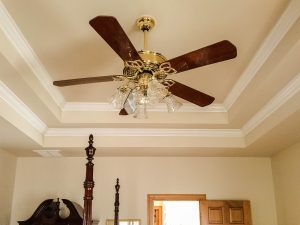
If you’re aiming for a truly opulent ambiance, plaster crown molding is the epitome of timeless grandeur. Craftsmen sculpt intricate designs that exude luxury and magnificence, making plaster molding a favorite in classical and vintage-inspired interiors. While its installation might be more involved, the unparalleled level of detail and authenticity it adds to a room is worth the effort.
MDF (Medium Density Fiberboard): Versatile Charm
MDF crown molding strikes a balance between cost-effectiveness and versatility. Its smooth surface is perfect for achieving a flawless painted finish, seamlessly blending with your walls. MDF molding can be intricately designed, allowing you to experiment with different profiles to match your design theme. Although not as durable as wood, MDF is still a viable option for achieving a polished look on a budget.
Crown Molding Installation
Choosing the right crown molding material can play a pivotal role in enhancing your home’s overall charm. Whether you opt for the classic elegance of wood, the budget-friendly sophistication of polyurethane, the timeless grandeur of plaster, or the versatile charm of MDF, each material offers its unique advantages and aesthetic appeal.
La Clave’s professional installation team specializes in all contemporary and classic crown molding designs and materials. Call 516-782-5394 today for a FREE quote!
